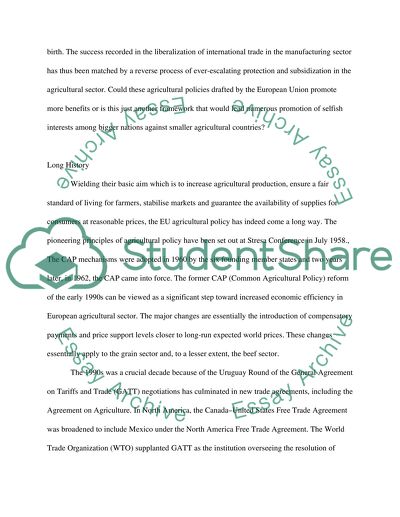Cite this document
(“European Unions Agricultural Policy Essay Example | Topics and Well Written Essays - 2000 words”, n.d.)
Retrieved from https://studentshare.org/politics/1504218-european-unions-agricultural-policy
Retrieved from https://studentshare.org/politics/1504218-european-unions-agricultural-policy
(European Unions Agricultural Policy Essay Example | Topics and Well Written Essays - 2000 Words)
https://studentshare.org/politics/1504218-european-unions-agricultural-policy.
https://studentshare.org/politics/1504218-european-unions-agricultural-policy.
“European Unions Agricultural Policy Essay Example | Topics and Well Written Essays - 2000 Words”, n.d. https://studentshare.org/politics/1504218-european-unions-agricultural-policy.


